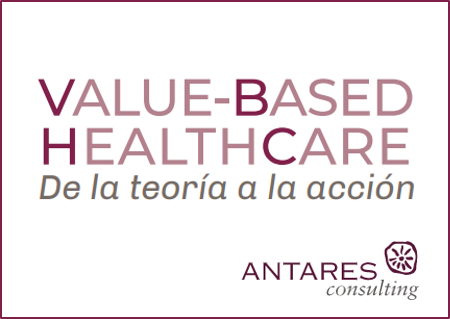Just over a decade ago, Michael Porter introduced the Value-Based HealthCare (VBHC) concept. The main contribution of VBHC can be summarised as orienting healthcare practice towards those activities that generate the best possible health results or outcomes, which are relevant to the patient and for each unit of expenditure produced.
Traditionally, medicine has been based on the evaluation of healthcare acts practically separately, assessing their effectiveness, efficiency and cost-effectiveness. Evidence-based medicine is based on these principles, as well as the approach from the world of health economics. More recently, great emphasis has been placed on the safety of these health acts and on the relevance or adequacy of each health care act (right care movement).
However, the VBHC approach emphasises the overall result of the care process carried out on the persons or patients (partial or complete recovery of the state of health, the process of recovery and the sustainability of the recovered health). And this is done in relation to the efforts made (set of costs incurred to achieve these results).
In a short time, a broad consensus has been generated on the need to orient the health system and its care organizations towards the generation of value. The diffusion and absorption of the concept of VBHC is already very broad; however, we are still in a phase of conceptual approach to the subject.
But after more than a decade, we still have difficulties in operationally landing the concept of VBHC in health organisations and systems. Probably the most relevant initiative at this time comes from the International Consortium for Healthcare Outcomes Measurements, which proposes sets of indicators for healthcare processes in order to measure the relevant outcomes for the patient.
The objective of this document is to provide practical guidance to start implementing the concept of VBHC in our organisations, taking small but effective steps to start implementing it. It will address how to start measuring value, in a context where activities are measured at the moment: which indicators are relevant, but also how to collect them. And once the value has been defined from the patient’s perspective, how do we redesign the care process to get closer to this objective? Finally, we will address how to introduce the notion of value in the processes of purchasing medicines and healthcare technology.
- Authors: Antares Consulting (Joan Barrubés, Ladislao Honrubia, Marta de Vicente, Almudena Nake, Laura Sopeña, Carles Vilardell, Esteban Carrillo, Lluis Triquell, Eduard Portella)
- Language: Spanish
